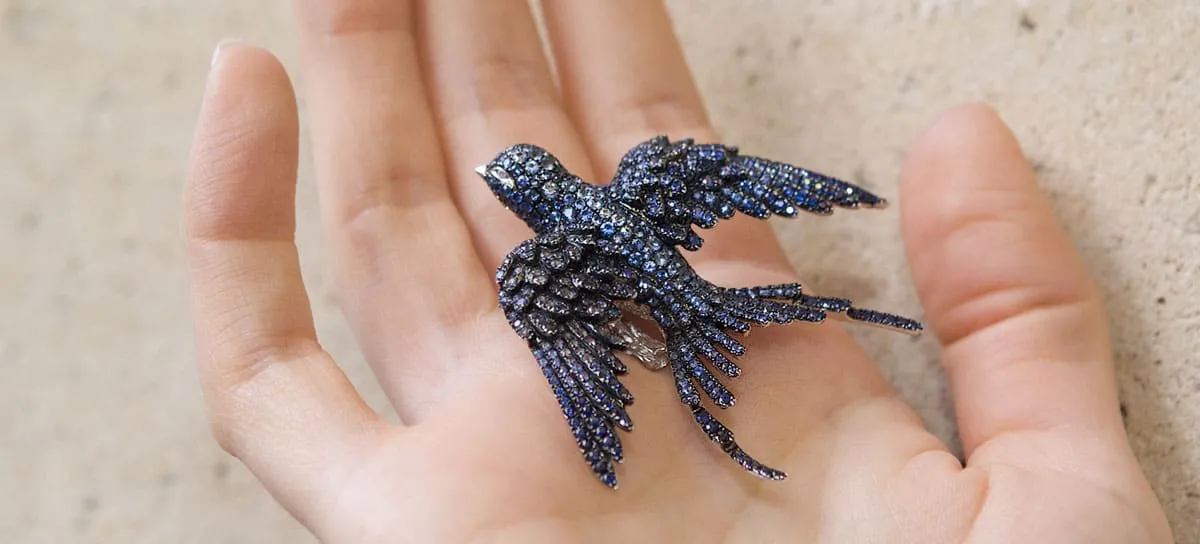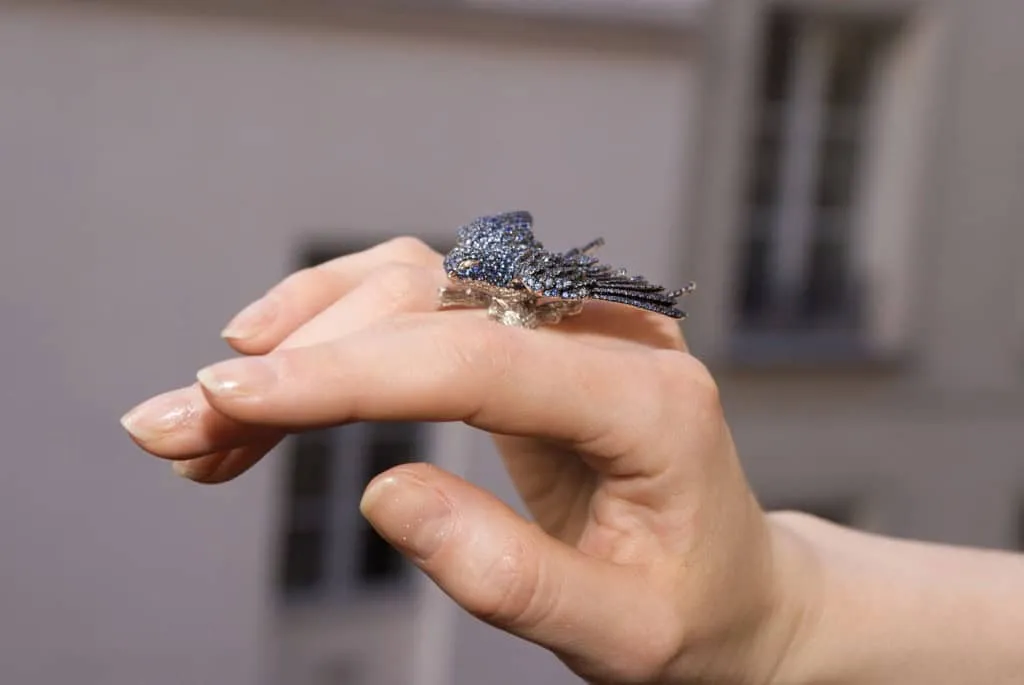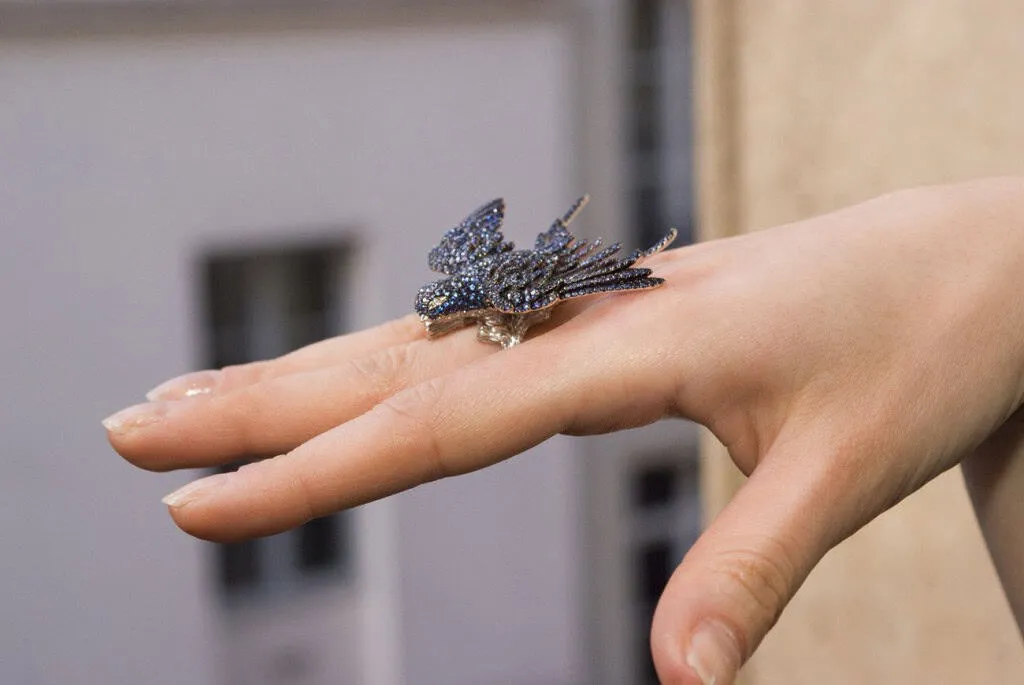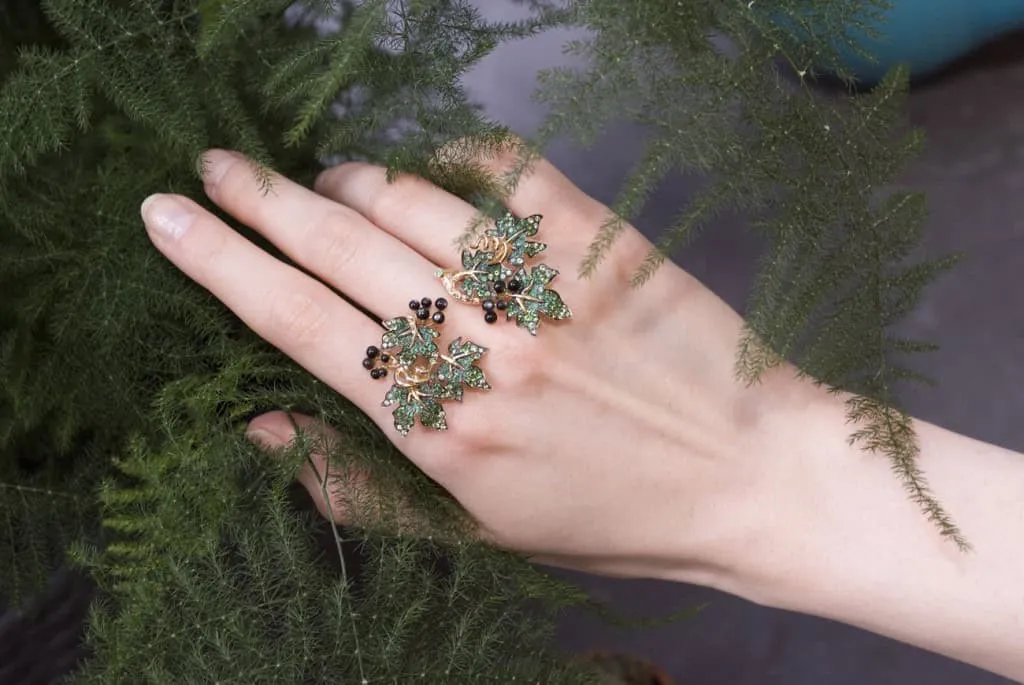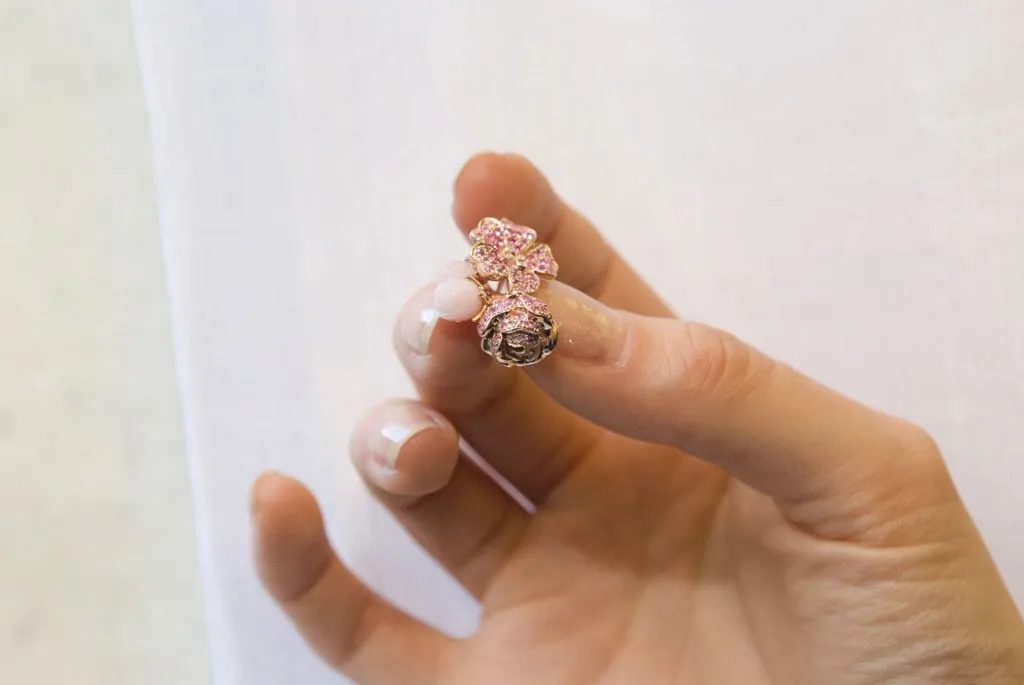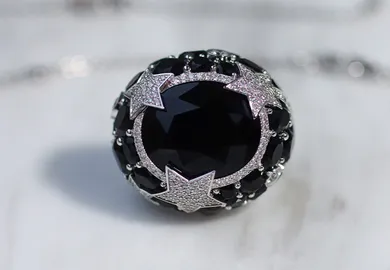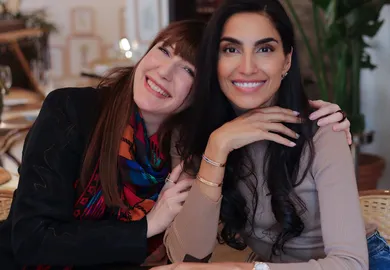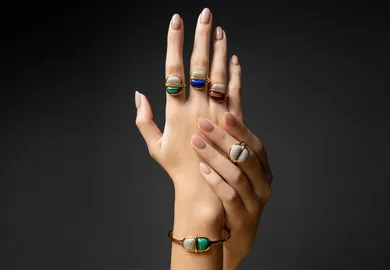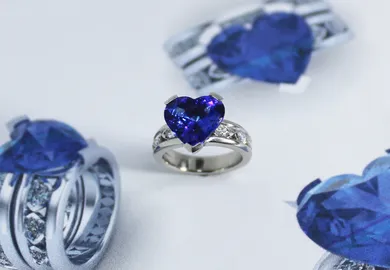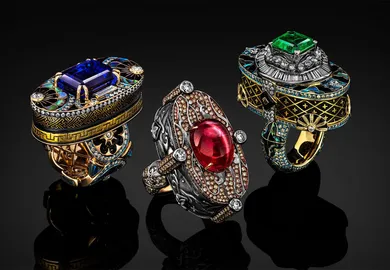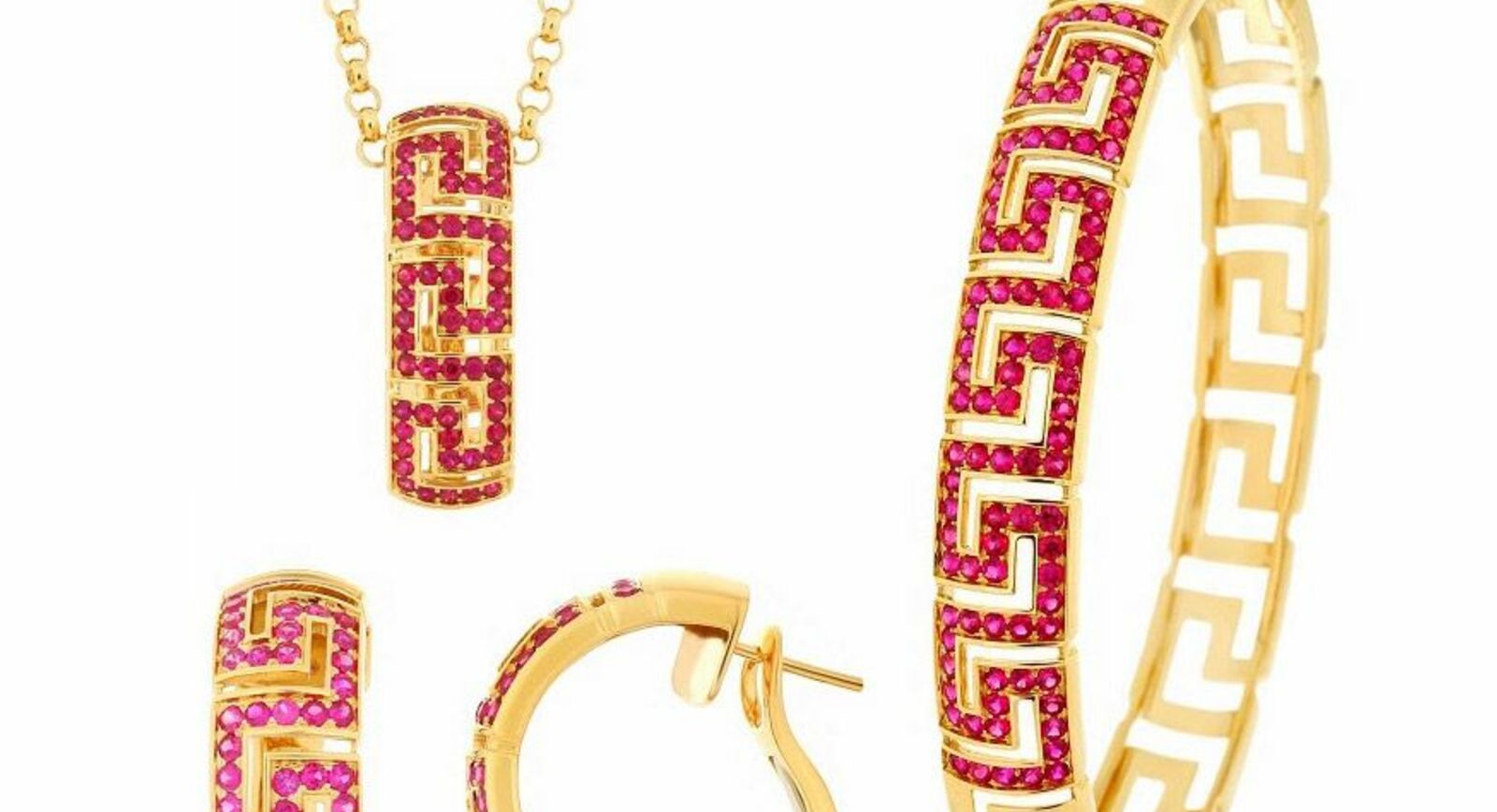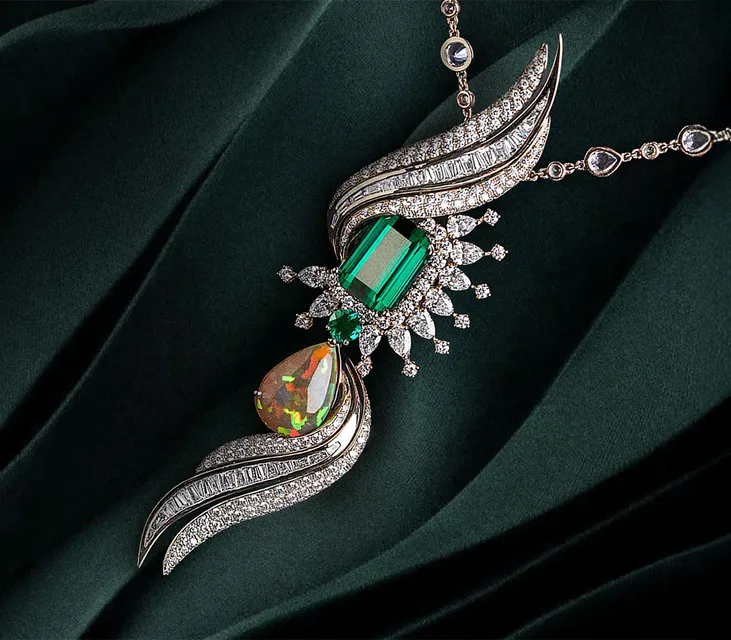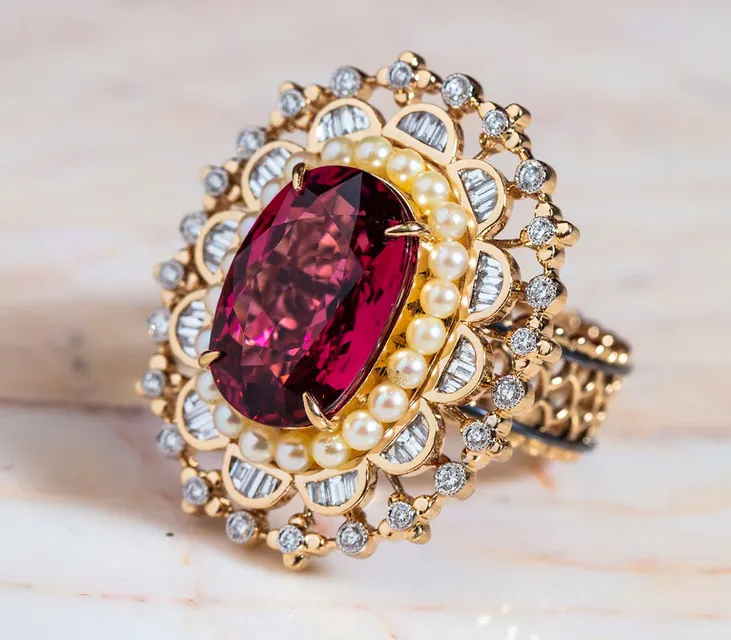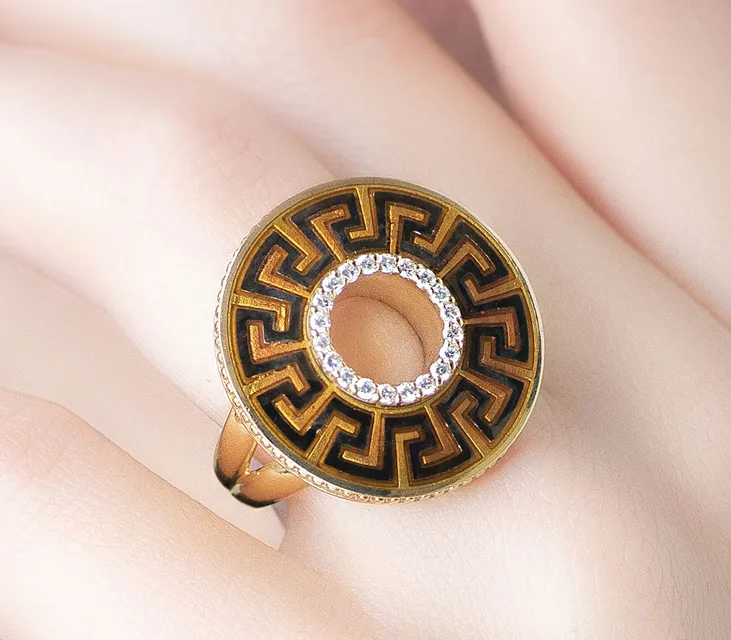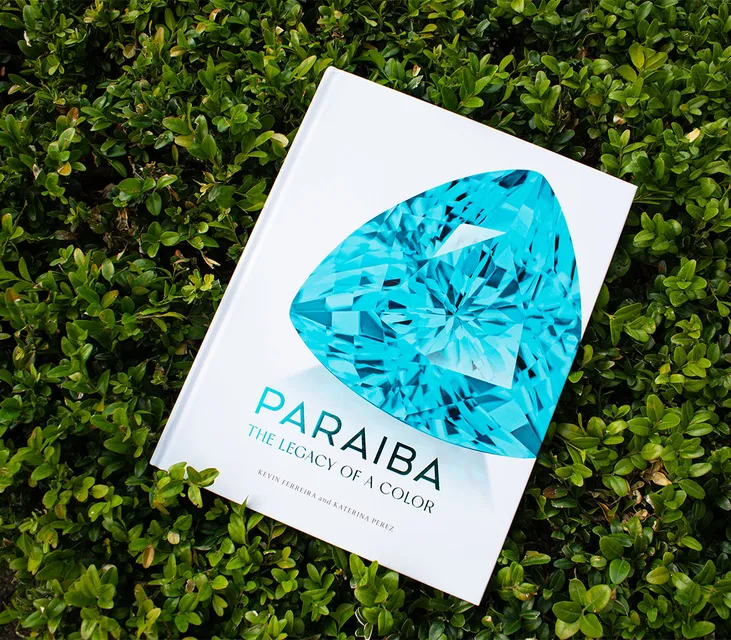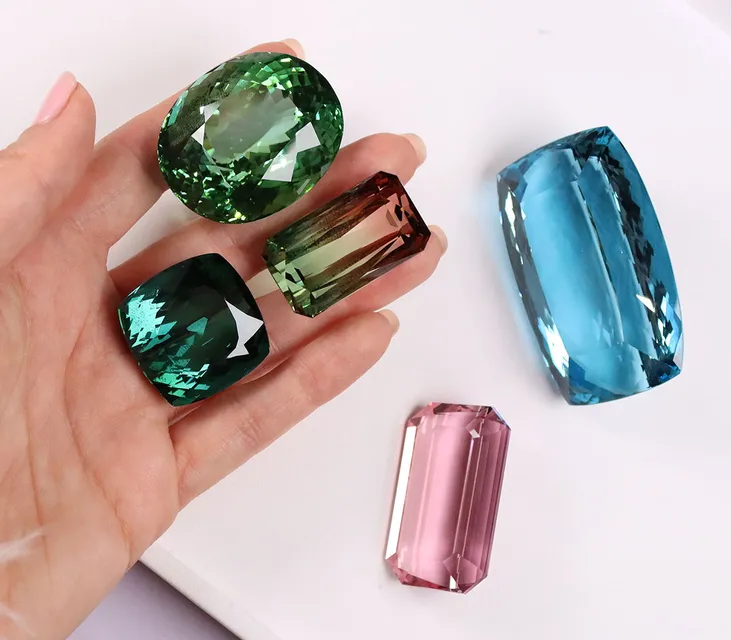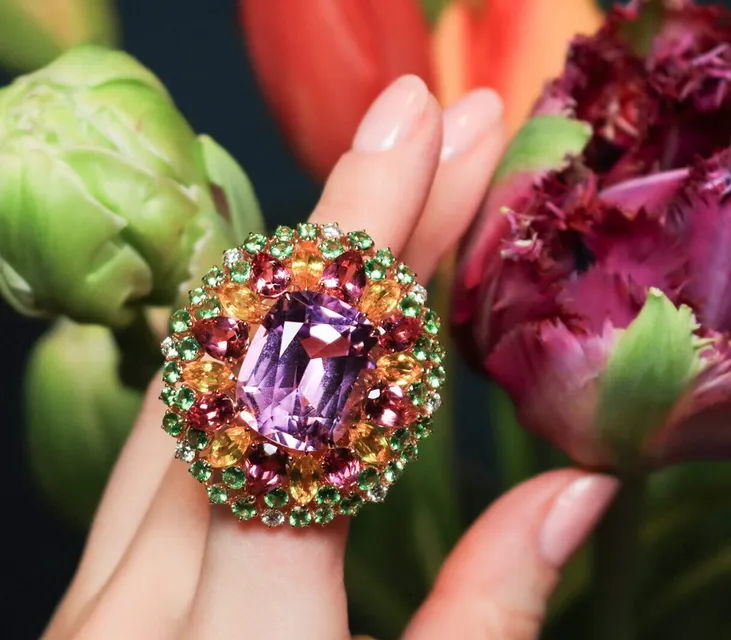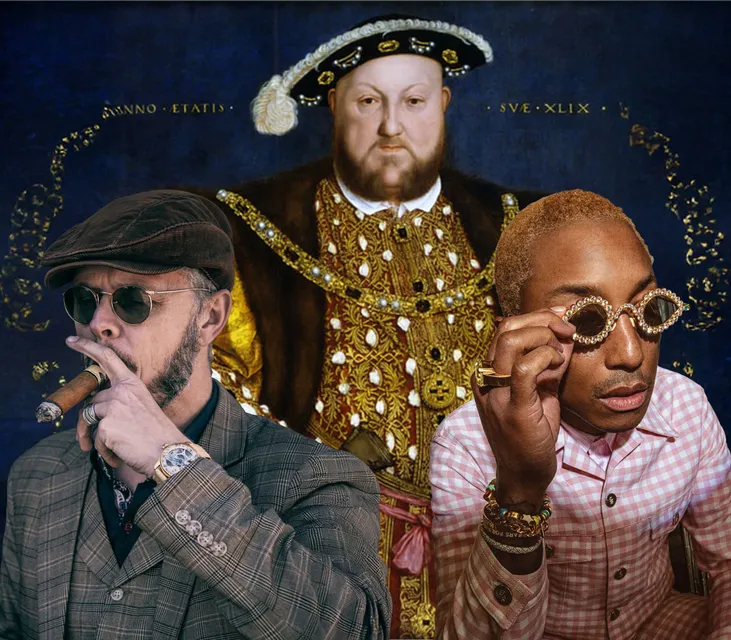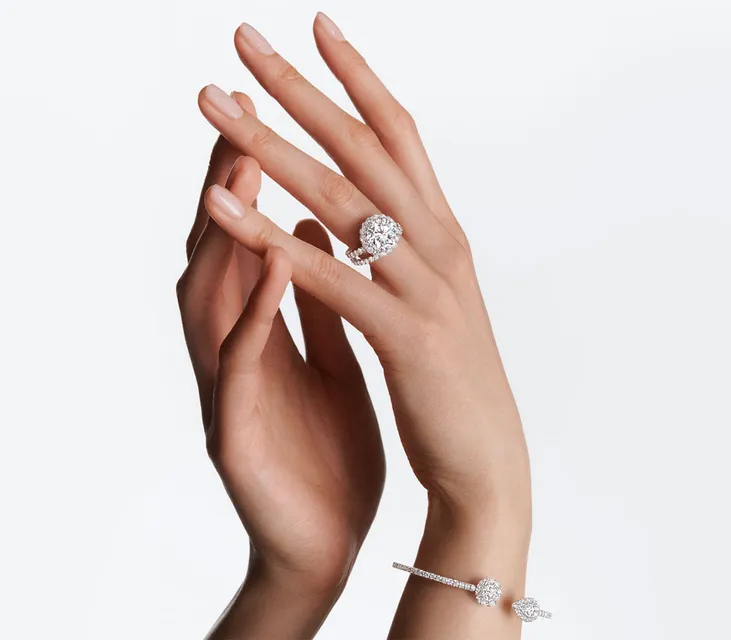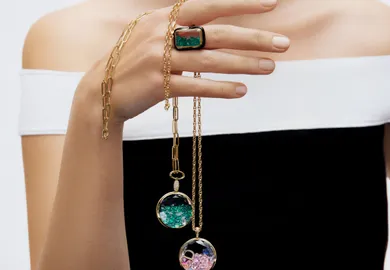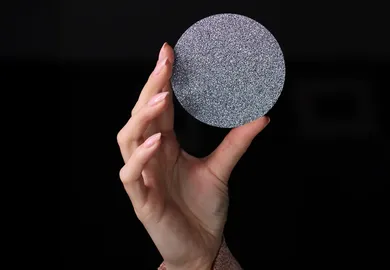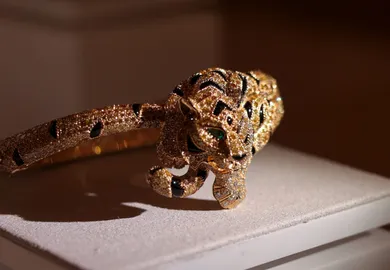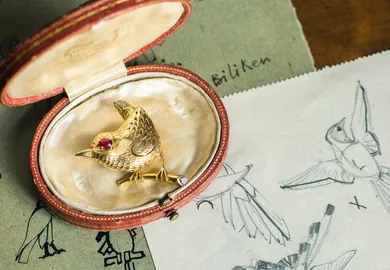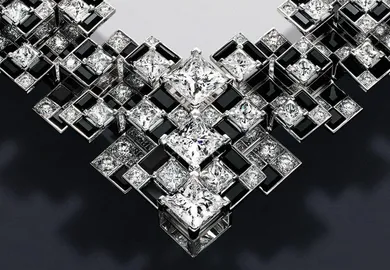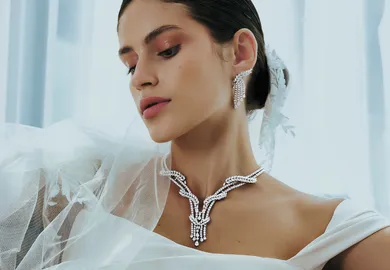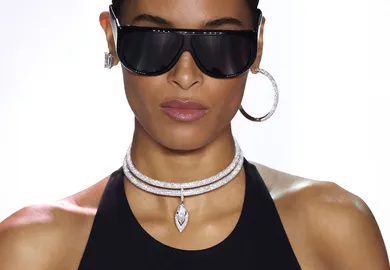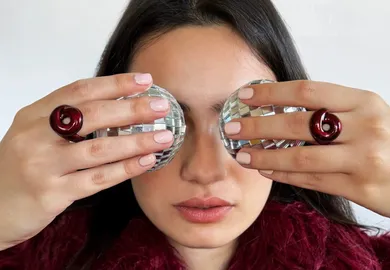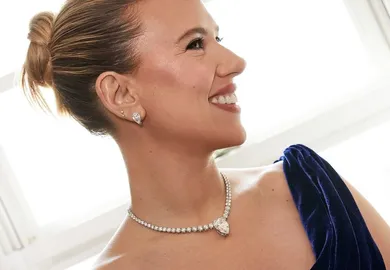

Pamela Hastry: The Most Rewarding Is To Witness Those Who Wear My Jewellery Daydream
Paris has always fascinated me with its jewellery and jewellers. When I discovered a new, but but very promising name Morphée Joaillerie, I felt obliged to make a trip to the capital of France, speak with Pamela Hastry, the designer and the founder of Morphée, and explore her extraordinary creations.
Katerina Perez: Do you think you were destined to be working with jewellery?
Pamela Hastry: I always knew I would be implicated in the Arts, in my way or another, because of my family heritage.
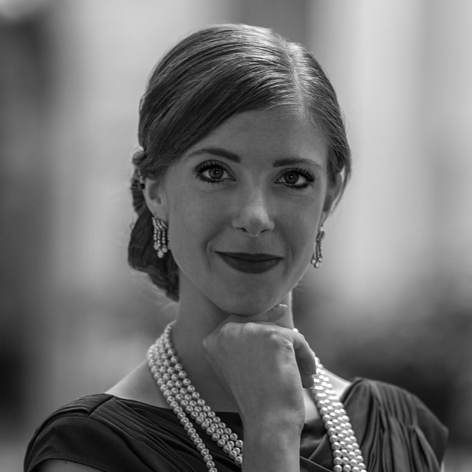
Pamela Hastry
KP: So what did your predecessors do?
PH: My mother is a painter, whose forefathers were recognized chefs, writers and literary critics. My father is a musician who established one of the most notorious recording studios in the world. So I was brought up “playing around” with great artists. My grandfather embraced me with his passion as an antiques dealer. The most difficult thing growing up was finding my means of expression, which only became obvious after four years of design studies at Kingston University in London.
KP: One would agree that designing a entirely new high fashion jewellery brand from scratch is brave, what inspired you to take this challenge?
PH: It was an animated discussion with my superiors, towards the end of my studies at Kingston University. We were elaborating on the concept of “form follows function” which implied the suppression of “futile” aesthetics in my work. Their view point was well founded: industrial production methods have technical limitations, and the quantities produced due to this production means had to aesthetically convey to a majority of people, so they told me keep it simple and functional. I left the conversation, knowing I would never be able to do that and to make a statement of it, my final end of year project was like a rebellion to this conversation: I submitted a collection of hand crafted jewellery designs.
KP: You proved once again that fortune favours the brave: your two-finger rings and ear-cuffs are stylish yet so refined and exquisite. What is it that influences Morphee designs more so, fashion or art?
PH: Art, most certainly, because I try to achieve what in French we call “oeuvre d’art” , it translates to «work of art» in English but in their understanding of the term, an œuvre, is something unique.
KP: Is this why you design one-off or limited edition pieces?
PH: Exactly. For instance, in my collections I have limited each piece to 7 pieces. This flower ring, for instance, will be made perhaps in 7 different colours, but after that, there will be no more. This reflects the approach one has on the creation of Bronze sculptures: an “original” bronze is limited to 8 examples.
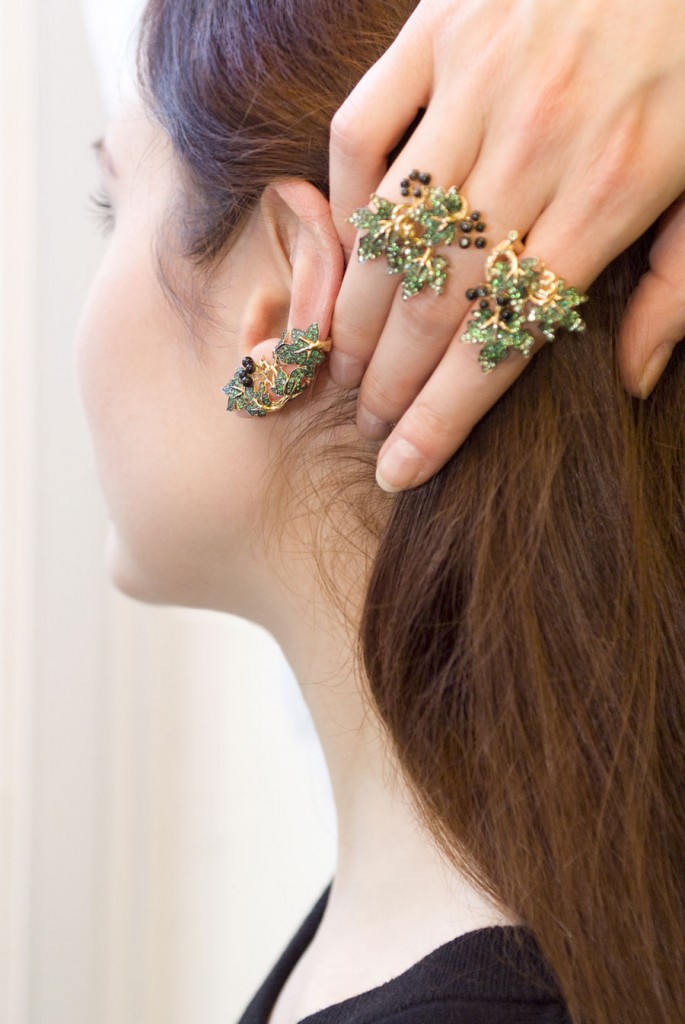
Millésime ring and an ear cuff in yellow gold, emeralds and grey pearls
KP: Now, let us go back to high jewellery. You have had the pleasure of working at some very renowned Maisons of Place Vendome. Can you shed light on the secret behind the French’s fine jewellery know-how?
PH: Time. Time to do things right. Here in France they have elevated it to an art, they refer to it as « l’art de bien faire les choses ». Within their craftsmanship, they take the time to imagine how they are going to approach the construction of a piece of jewellery. They always say it takes just as long to make something bad as it does to make something good. Which is true because if they make something that isn’t right, they will have to start over again. Especially when you are confronted to someone who seeks perfectionism. And the devil is in the detail. For example, the Cherry Tree Blossom ring. If we speak of the setting of the stones. It doesn’t catch, not even on silk stockings… that, for me is know-how.
KP: So it’s your attention to detail which is the key to your complex jewellery, making it not only visually intriguing but also very comfortable to wear.
PH: Yes, a part of the reason is carefully thought out drawings and designs. The other part is the knowledge and high craftsmanship skills of the artisans with which I work to build the pieces. Then, the amiability of several lovely ladies that are willing to try on the maquettes (prototypes), to make sure that the jewel can sit comfortably on different physiognomies. With this as a basis, the jewel should be about 95% right, but as in haute couture, I like to think there are always minor adjustments to be made so that it sits perfectly on the person to whom it is destined. True comfort is what will allow you to wear your jewellery every day, instead of leaving it in a safe, poor thing.
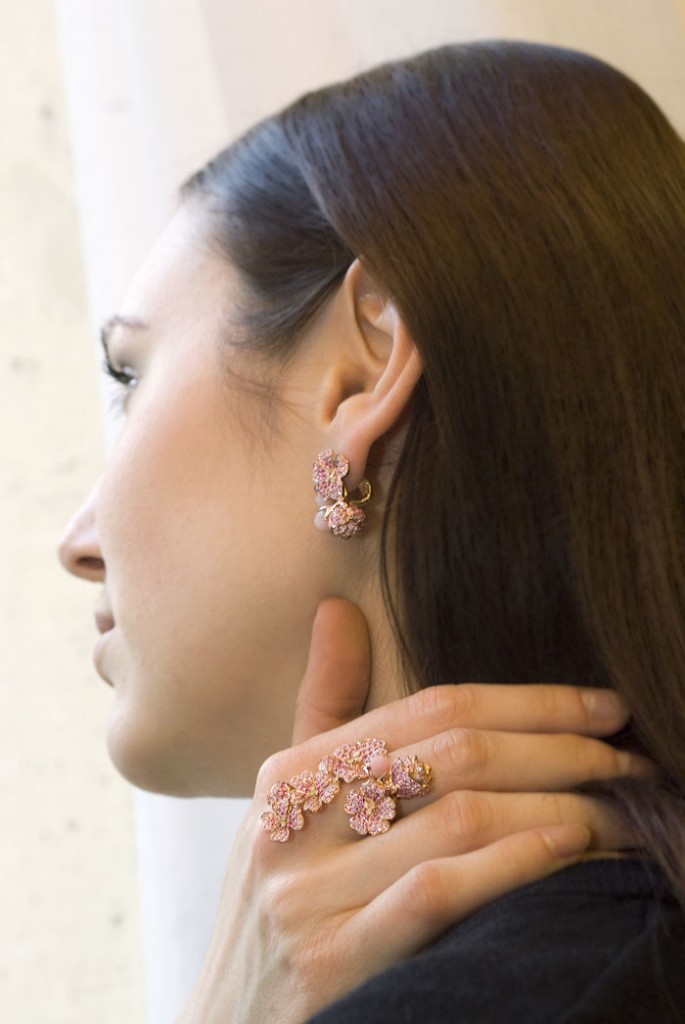
The Cherry tree blossom earrings and a ring in 18k pink gold, sapphires, diamonds and pink opals
KP: How important would you say fashion trends are when it comes to designing fine jewellery?
PH: If you refer to trends in a fashion, one day they are in next day out. I don’t find it coherent with fine jewellery when you take into account the measures of time it takes to make a piece of jewellery (stones, cutting, painting, sculpting) several hundreds of hours of work.
KP: This is very true. So what do you find the most rewarding about being a jewellery designer? – to hold a piece that have just been finished?
PH: For me it is to witness that the pieces I designed truly convey the desires and dreams of the person wearing them. If a piece of jewellery exudes enough beauty and poetry, and conveys a story that will allow the beholder to gaze and for a moment daydream… To achieve that, is the most rewarding.
KP: And in order to encourage your clients to daydream you named your jewellery in honour of Morpheus, the Greek God that carried mankind to the world of dreams?
PH: Yes, the name came naturally when I started imagining how frustrating that must be, witnessing dreams for an eternity, beautiful yet so ephemeral, impalpable. I pictured a Greek God, with that idealized musculature trying to grab colourful mist. He could never seize that moment, that fragment of a dream – it is neither here nor there.
He asked the children of Zeus to help him transform these precious moments into something he could hold on to eternally. Céres, goddess of nature, offered him what she could only give sparingly, gem stones, to replicate the colour of dreams and her brother, Héphaistos, forged the gold that would contain the story, and turn Morphée into more than a witness of night dreams, with these objects they allowed him and others to daydream.
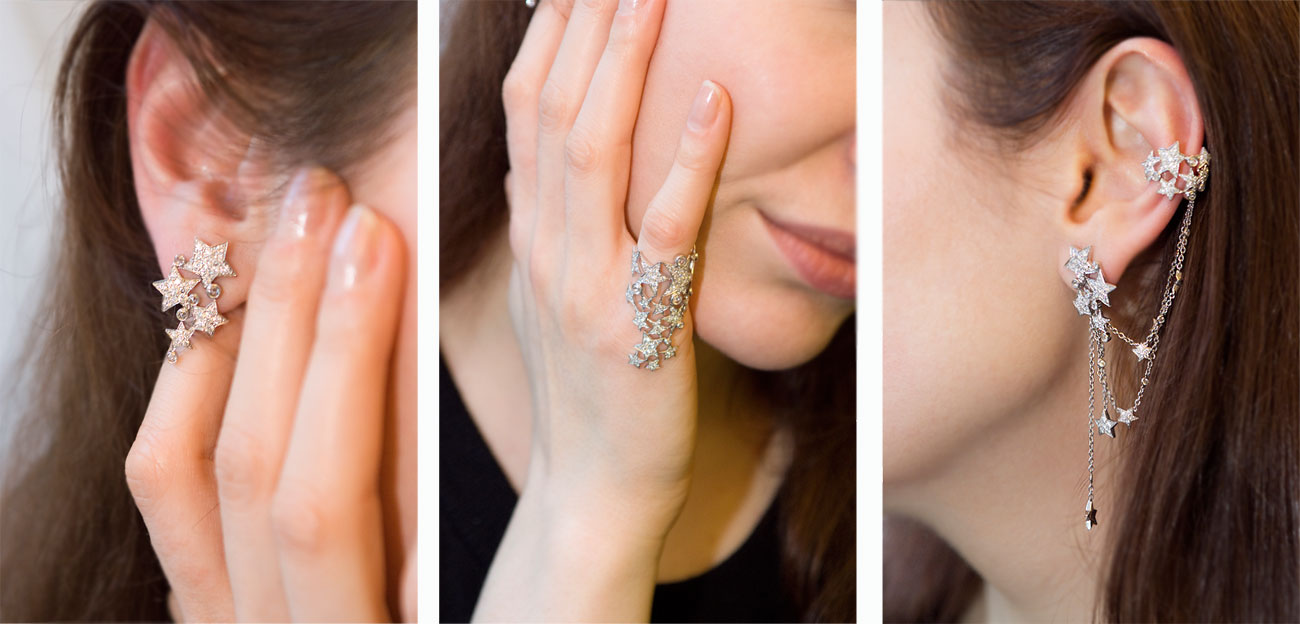
Make a Wish earrings and a ring in white gold and diamonds
Images by Saira MacLeod, copyright [email protected]

WORDS
Katerina Perez is a jewellery insider, journalist and brand consultant with more than 15 years’ experience in the jewellery sector. Paris-based, Katerina has worked as a freelance journalist and content editor since 2011, writing articles for international publications. To share her jewellery knowledge and expertise, Katerina founded this website and launched her @katerina_perez Instagram in 2013.
Related Articles
Latest Stories
Add articles and images to your favourites. Just

Legacy of Love:The Dreamlike Jewels of Emirati Designer Mariyeh Ghelichkhani
During our meeting in Dubai, we spoke about the importance of family, the sweetness of finding joy through creativity, and the ability to translate dreamy visions and deep feelings into wearable pieces…
Jewels Katerina Perez Loves
Continue Reading
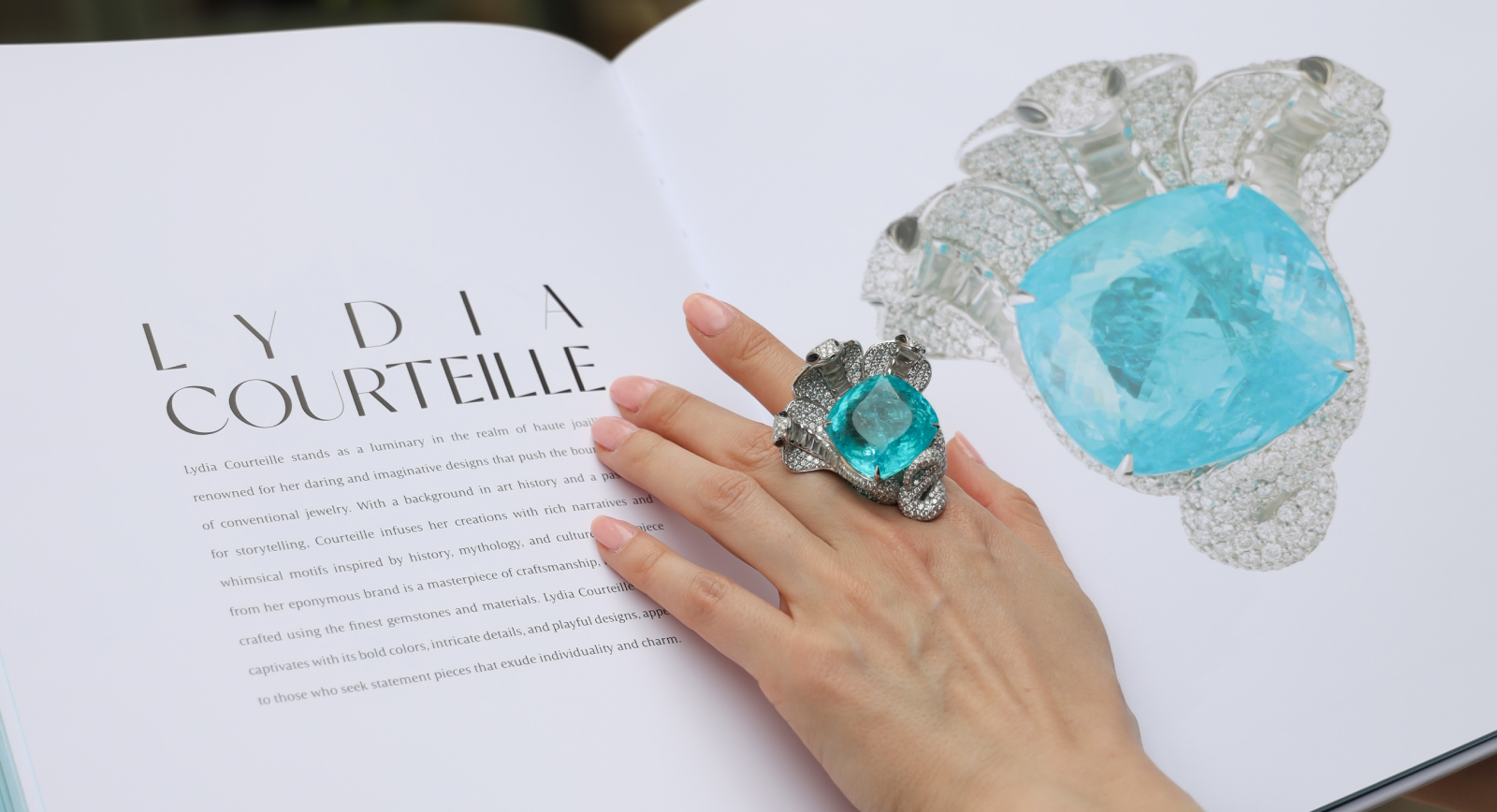
Writing Adventures:Co-Authoring the Book
Paraiba: The Legacy of a Color
Brand Focus: Cartier
Jewellery Insights straight to your inbox
